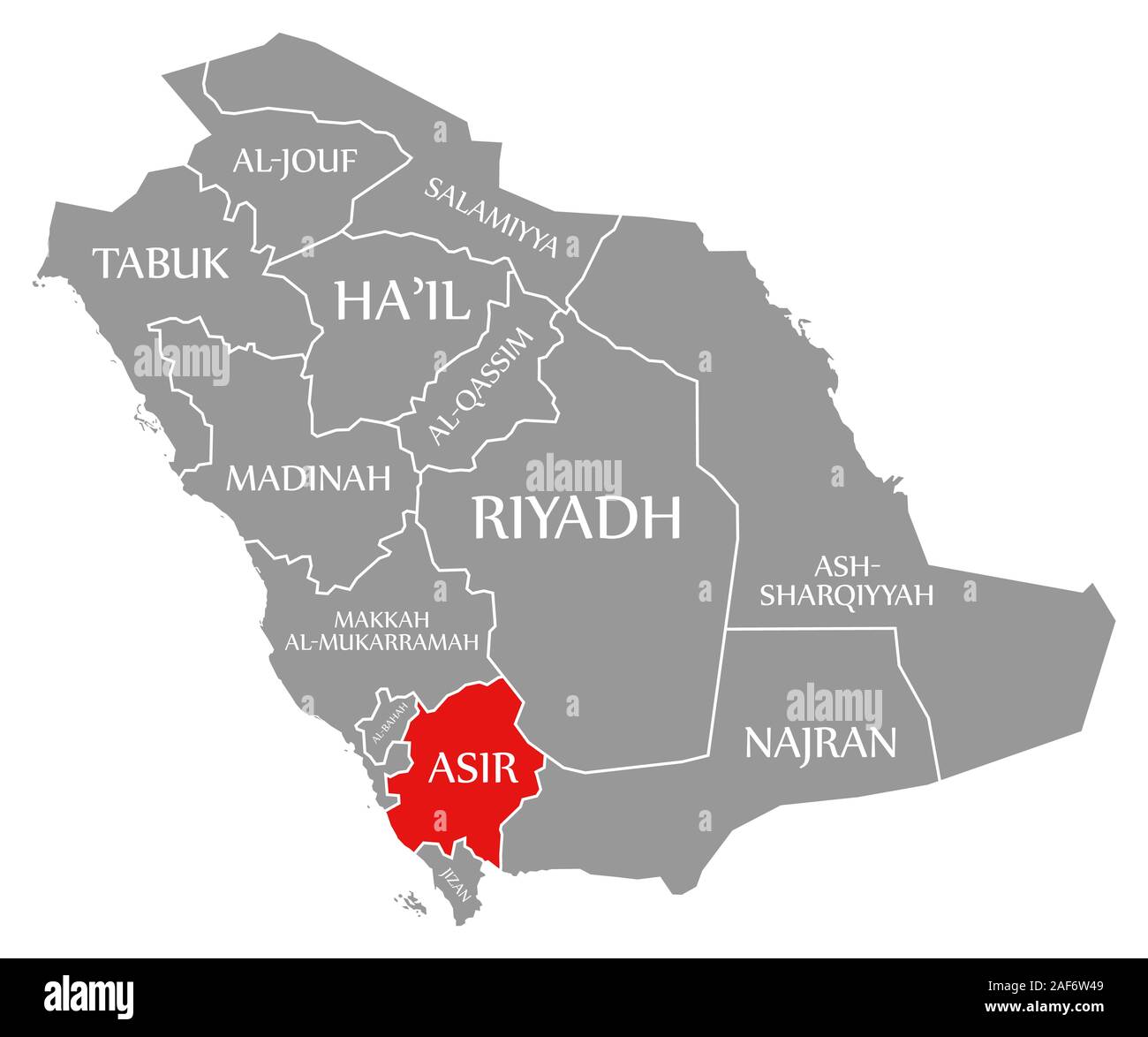
The push for rapid development in Asir and Makkah comes in response to the growing demand for housing, business spaces, and recreational facilities, as well as the need to expand critical infrastructure in these regions. The government is keen on transforming these areas into hubs for both local and international investments. A key driver of this transformation is the increasing number of tourists visiting the kingdom, as Saudi Arabia has been working to position itself as a leading destination for both leisure and religious travel, particularly in Makkah, the birthplace of Islam and home to the holiest site in Islam, the Masjid al-Haram.
The Asir region, with its temperate climate, scenic landscapes, and proximity to the Red Sea, is poised to become an attractive tourist destination. Asir’s development is expected to focus on eco-tourism, leveraging its natural beauty to create sustainable tourism opportunities. The region is also well-positioned for hospitality projects, offering a mix of luxury resorts and affordable accommodation options aimed at a broad spectrum of visitors.
Makkah, on the other hand, is already a global focal point, particularly with its significance in Islamic pilgrimage. With millions of Muslims visiting Makkah every year for Hajj and Umrah, the infrastructure in and around the city is being overhauled to accommodate the influx. This includes modernizing transportation networks, expanding hotel accommodations, and upgrading services to ensure smooth operations during peak pilgrimage seasons.
Saudi officials have outlined that a significant portion of the funding for these projects will come from both the public and private sectors. The government has encouraged private investments by creating favorable conditions for real estate developers, with streamlined regulations and incentives designed to spur growth. Additionally, Saudi Arabia's push for a diversified economy, moving away from oil dependency, is further strengthening the case for massive infrastructure projects that promote long-term economic resilience.
One of the most notable developments in the Asir and Makkah regions is the King Abdulaziz Project for Hajj and Umrah. This initiative, designed to ease the pilgrimage experience, includes a high-speed rail system connecting key religious sites, along with an expansion of the Jeddah airport to handle the growing numbers of international visitors. Furthermore, with Makkah becoming a focal point for religious tourism, plans for the expansion of the Holy Mosque are already underway. This project includes the construction of new prayer areas, improved access routes for pilgrims, and the creation of a vast public space to accommodate the large crowds expected during Hajj.
In terms of real estate, Asir's development plans are expected to focus heavily on residential, mixed-use developments, and commercial spaces designed to attract both local businesses and international corporations. These projects aim to revitalize urban areas while maintaining the natural beauty of the region. Along with residential buildings, shopping malls, and entertainment complexes, the overall vision is to create a balanced city that fosters sustainable growth and is accessible to people from all walks of life.
Saudi Arabia's Crown Prince Mohammed bin Salman, a leading figure behind the Vision 2030 initiative, has been clear about his commitment to transforming the nation’s urban landscape. These developments in Asir and Makkah are part of a broader strategy to elevate the kingdom’s international standing and diversify its economy. The government has been vocal about the importance of urban planning, emphasizing the need for "smart cities" that incorporate sustainable technologies and modern infrastructure while adhering to Islamic principles of community and environmental stewardship.
The focus on infrastructure is also expected to improve the quality of life for residents of both regions. Beyond the economic and tourism-related opportunities, the infrastructure upgrades are seen as crucial to improving access to healthcare, education, and public services. The construction of new roads, hospitals, and educational facilities is part of the government's commitment to enhancing the living standards of its citizens.
With a dedicated focus on growth, the government is fostering a business-friendly environment by offering tax exemptions and subsidies to developers and investors. These incentives are seen as essential in attracting global capital to Saudi Arabia's real estate and infrastructure sectors. Real estate experts have predicted an uptick in both local and international investments, especially with the rise of new mega-projects in cities like Riyadh and Jeddah, which are expected to set a precedent for similar developments in Asir and Makkah.
As the construction boom continues, there is a palpable sense of optimism regarding the potential of these regions to lead the way in Saudi Arabia’s diversification efforts. For businesses and developers, the promise of government-backed projects offers not only an opportunity for profit but also a chance to contribute to the nation’s broader development goals.
While the drive to modernize and expand continues, local residents are also benefitting from these changes. In many parts of Asir and Makkah, new infrastructure projects are already improving daily life, with modern transportation systems, better connectivity, and more affordable housing options becoming available. These improvements are expected to have a ripple effect on the social fabric of these regions, promoting greater social cohesion and making them more attractive places to live and work.
Topics
Live News
